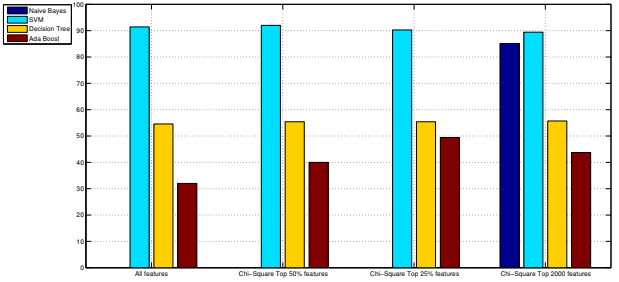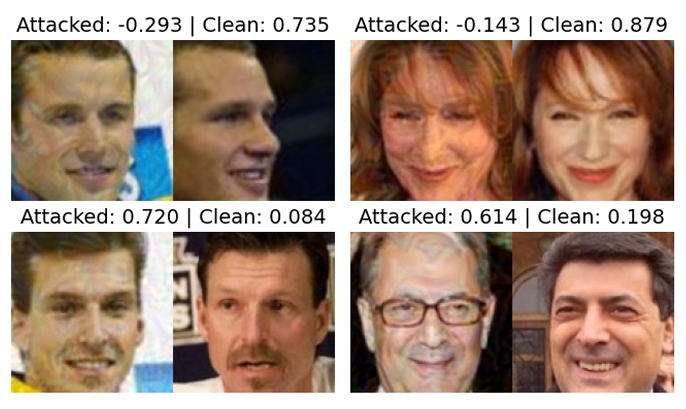
Featured in:
MD Thesis
Authors:
João Costa
The world of Internet grows up every day. There are a large number of web pages actives at this moment and more are released every day. It is impossible to perform the web page classification manually. It was already developed several approaches in this area. Most of them only use the text information contained in the web pages, ignoring the visual content of them. This work shows that the visual content can improve the accuracies of the classifications that only use the text. It was extracted the text features of the web pages using the term frequency inverse document frequency method. As well, it was also extracted two different types of visual features: the low-level features and the local SIFT ones. Since the amount of the SIFT features is extremely high, it was created a dictionary using the “Bag-of-Words” method. After this extraction the features were merged, using all the types of combinations of them. It was also used the Chi-Square method that selects the best features of a vector. In the classification it was used four different classifiers. It was implemented a multi-label classification, for which we gave unknown web pages to the classifiers, so they could predict the main topic of the web page. It was also implemented a binary classification, for which we used only visual features to verify if a web page was a blog or non-blog. It was obtained good results that shows that adding the visual content to the text the accuracies improve. The best classification it was obtained using only four different categories, where was achieved 98% of accuracy. Later it was developed a web application, where the user can find out the main topic of a web page only inserting the web page URL. It can be accessed in ”http://scrat.isr.uc.pt/uniprojection /wpc.html”.


© 2024 VISTeam | Made by Black Monster Media

Institute of Systems and Robotics Department of Electrical and Computers Engineering University of Coimbra